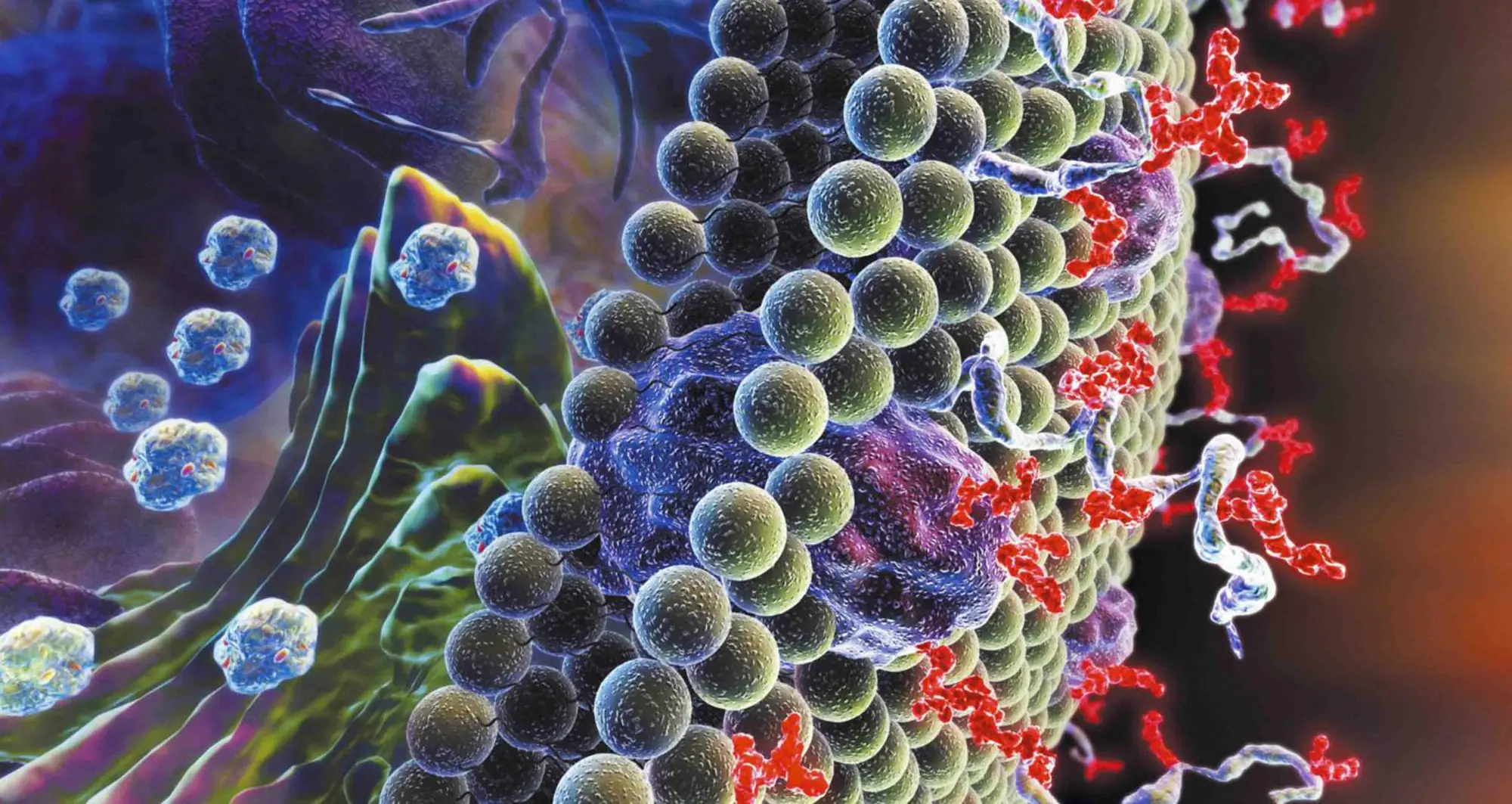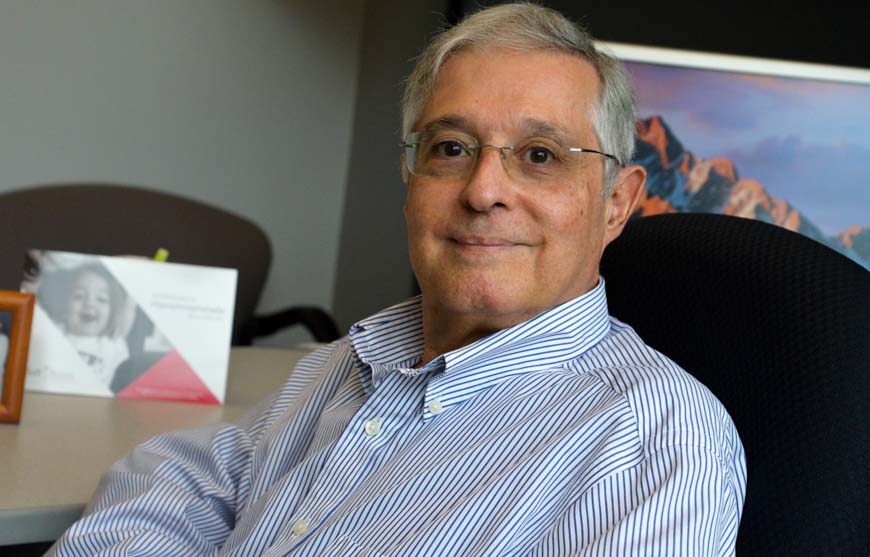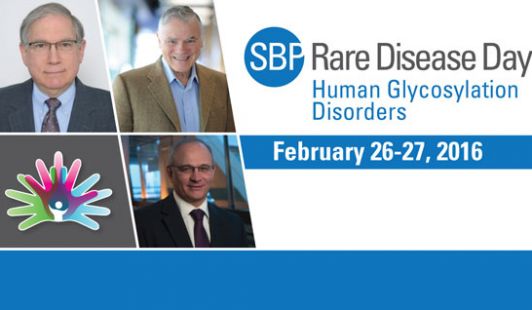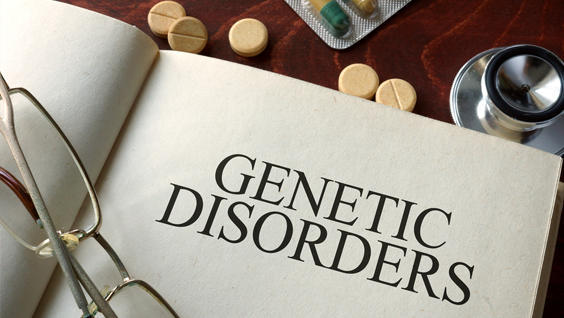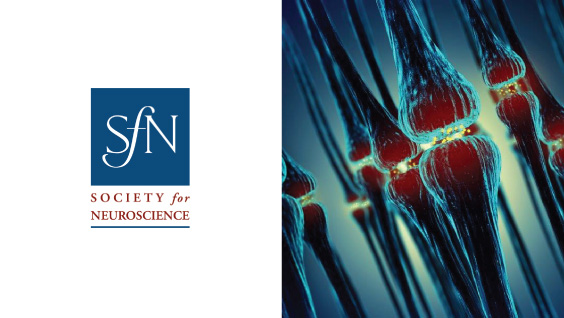There are more than 7,000 rare diseases, but congenital disorders of glycosylation (CDGs) are among the cruelest. One particular condition, called ALG1, can have dire consequences. Affected children face intellectual disabilities, seizures, skeletal issues, facial deformities and many other problems.
“These are really sick kids,” says Hudson Freeze, PhD, professor and director of the Human Genetics Program at SBP. “Almost 45 percent die in the first several years, and many of these children will have severe developmental delays.”
Glycosylation is a critical biological process, in which sugar molecules are added to proteins to make them function properly. A protein that’s improperly glycosylated is like a car without a steering wheel – it simply can’t perform its job.
To make matters worse, correctly diagnosing ALG1 and other CDGs can be a long, stressful and expensive process. Sometimes families must wait months or years to find out what’s causing their child’s condition. And while genomic sequencing is beginning to make a difference, more must be done to diagnose sick kids and help parents make informed decisions.
One potential solution is disease markers – biochemical signatures that identify particular conditions. Armed with this information, clinicians could accelerate the diagnostic process with a simple blood test.
A Unique Sugar Molecule
Researchers may have found a marker for ALG1 and possibly other CDGs. In a paper published in the journal Clinical Chemistry, the team describes a unique sugar molecule that is particularly common in children with ALG1.
The sugar, a type of N-tetrasaccharide, was discovered by Miao He, PhD, who co-directs the Metabolic Disease Laboratory at The Children’s Hospital of Philadelphia. However, he had only a few patients and she was unclear on the molecule’s origin. Working closely with Freeze’s lab, she started hunting for the aberrant sugar in Freeze’s large collection of proven ALG1 patients.
“We looked at a number of kids with ALG1 and kept finding this abnormal sugar,” says Freeze. “It’s a sugar chain that doesn’t normally exist in nature. You can perform a very simple test, that costs just a few hundred dollars, and if you see this abnormality, you could get genetic confirmation and turn it around quickly.”
The beauty of this marker is that it narrows the field for genomic analysis. Rather than looking at a patient’s entire genome – billions of base pairs and more than 20,000 genes – clinicians can focus on the gene that may be causing the disorder, dramatically accelerating the diagnostic process.
Quickly diagnosing a rare disorder can help get kids into treatment, if treatments are available. But it can also help parents navigate the family planning process and inform prenatal testing. In the big picture, disease markers could be a critical adjunct for genomic testing.
“Genome and exome sequencing is the future, but it will require some biochemical confirmation to support the genomic test,” notes Freeze. “This marker can really help us shortcut the long diagnostic odyssey many parents must go through.”

